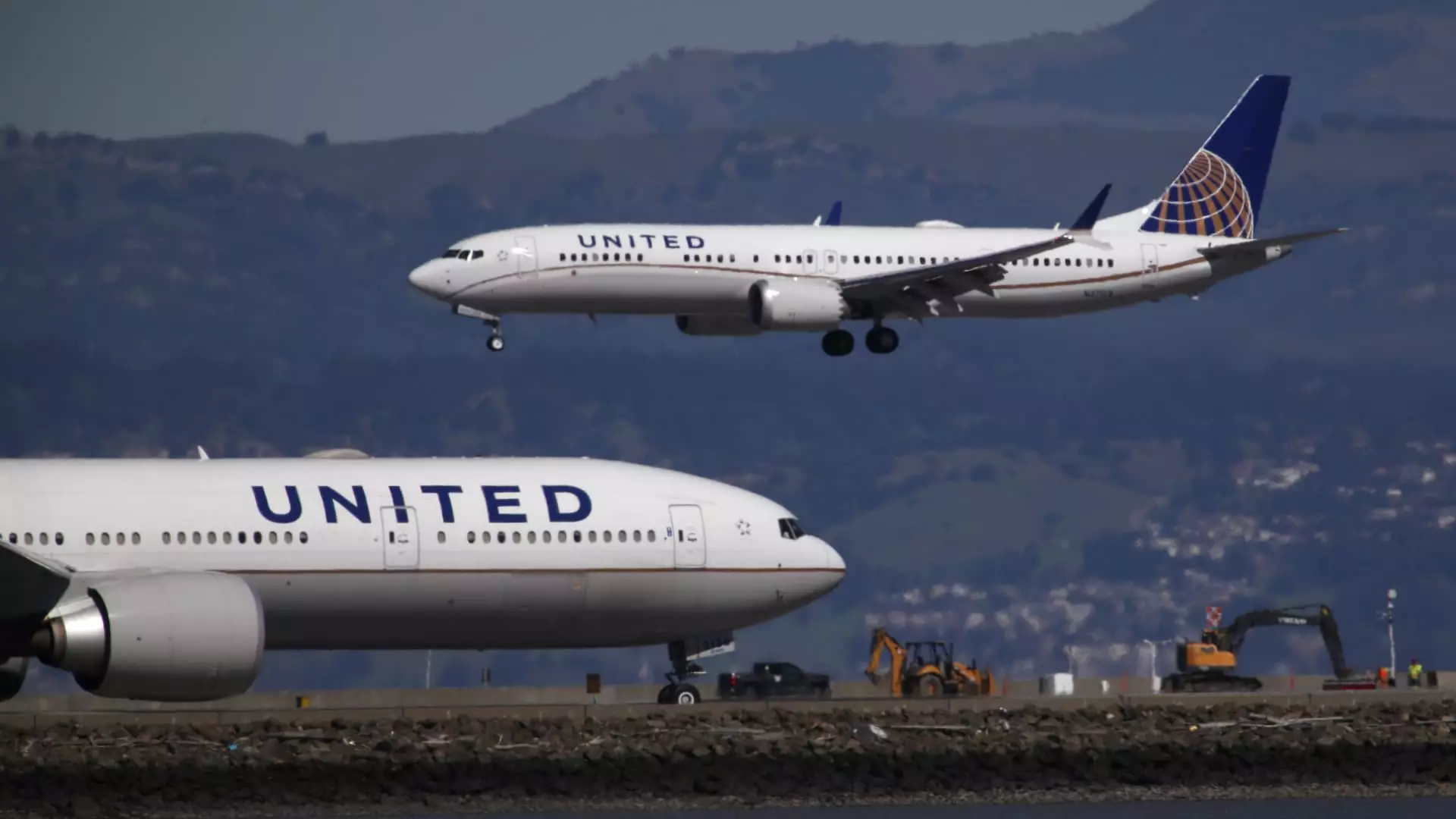United Airlines recently announced a significant adjustment to its aircraft-delivery expectations for the year, citing delays from Boeing as the primary reason. The airline now anticipates receiving only 61 new narrow-body planes in the current year, a sharp decline from the original estimate of 101. This decision comes amidst a series of challenges faced by United due to the ongoing safety crisis involving the plane manufacturer.
CEO’s Perspective
In a statement, United’s CEO Scott Kirby acknowledged the need to revise the fleet plan to align with the manufacturing realities. He emphasized the importance of capitalizing on the available opportunities to strategically grow the airline’s mid-continent hubs and enhance the international network from coastal hubs, setting United apart in the industry.
Turning to Competitors
The airline revealed its plans to lease 35 Airbus A321neos in the upcoming years, a move that signals a shift towards Boeing’s competitors. This decision comes as Boeing faces production constraints and heightened federal scrutiny, leading United to explore alternative options for expanding its fleet.
Financial Adjustments
United has also adjusted its annual capital expenditure estimate, reducing it to $6.5 billion from the initial projection of $9 billion. The airline’s financial performance was impacted by a temporary grounding of Boeing 737 Max 9 planes earlier in the year, resulting in a $200 million hit to the company’s profits.
Apart from manufacturing delays, United is currently undergoing a Federal Aviation Administration safety review, prompting the postponement of planned services and events. The airline’s investor day, scheduled for May, was deferred to focus on addressing safety protocols and cooperating with regulatory authorities.
Despite the setbacks, United reported a net loss of $124 million in the first quarter, a narrower loss compared to the previous year. The airline’s revenue increased by nearly 10%, reaching $12.54 billion for the quarter. United’s performance exceeded Wall Street expectations, with adjusted loss per share and revenue surpassing analysts’ estimates.
Looking ahead, United remains optimistic about its financial outlook for the remainder of the year. The airline expects to achieve earnings between $3.75 and $4.25 per share in the second quarter, exceeding analysts’ forecasts. United also reiterated its full-year earnings forecast of $9 to $11 a share, anticipating a strong performance during the peak travel seasons.
Following the announcement, United’s shares experienced a positive growth, increasing by more than 4% in after-hours trading. The airline’s executives are scheduled to discuss the financial results and future plans in a call with analysts, underscoring the company’s commitment to transparency and accountability.
United Airlines’ decision to adjust its aircraft-delivery expectations reflects the complex challenges faced by the aviation industry. By navigating through manufacturing delays, regulatory reviews, and financial adjustments, the airline aims to emerge stronger and more resilient in the ever-evolving market landscape.

Leave a Reply